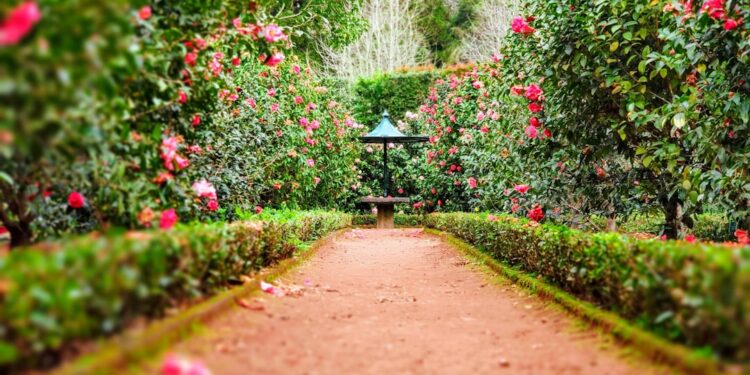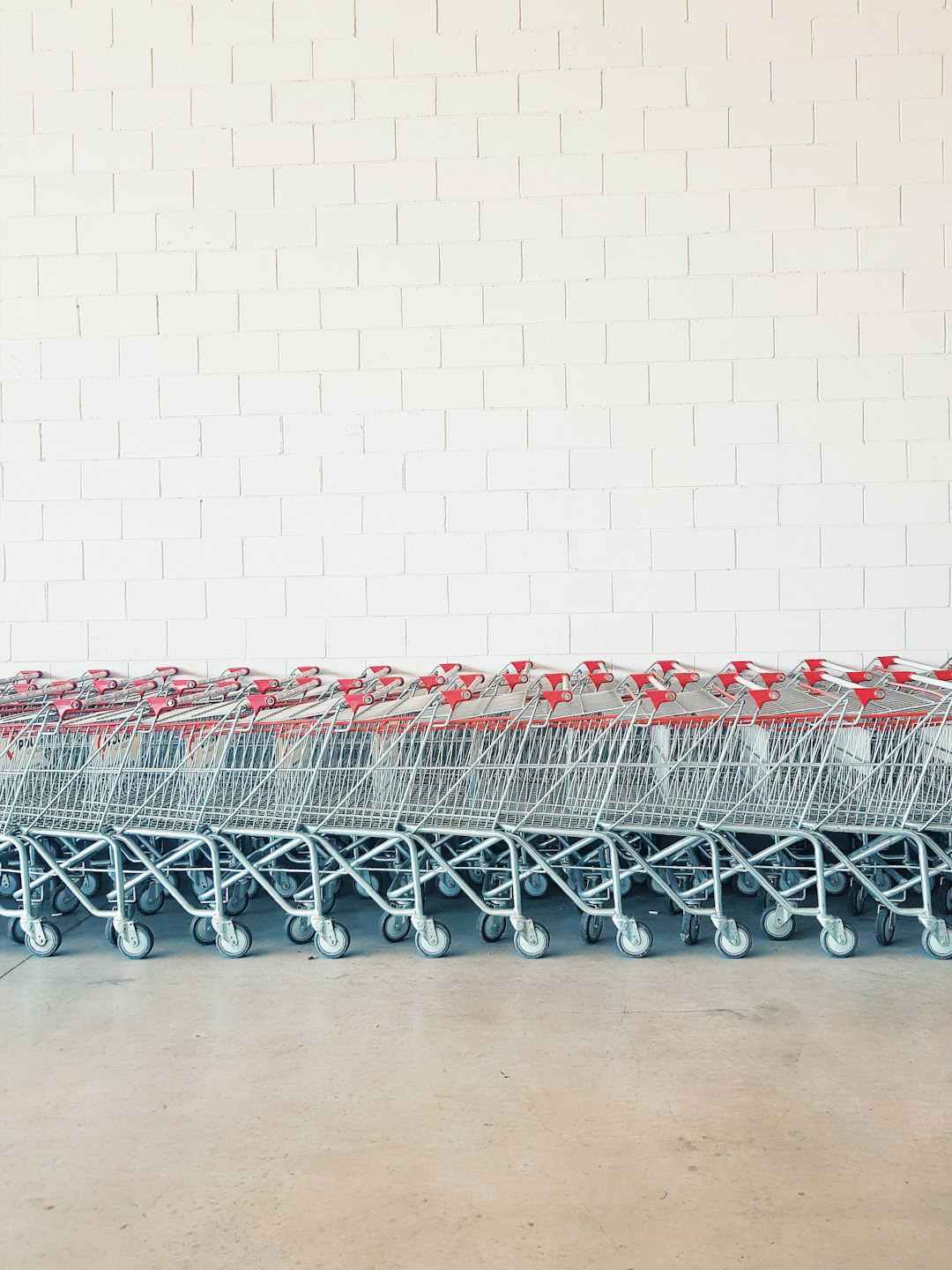Fall is one of the best times of the year to plant a vegetable garden. The cooler temperatures and plentiful moisture create the perfect conditions for growing a wide variety of crops. Planning and planting a fall vegetable garden is a rewarding activity that can yield a bountiful harvest of fresh, nutritious produce.
Before you begin planting your fall vegetable garden, it’s important to do some planning. Start by considering the climate in your area and the average first frost date. This will help you determine which crops will thrive in your garden and when to plant them.
When selecting crops for your fall garden, focus on cool-season vegetables that can withstand frost and thrive in cooler temperatures. Some popular choices for fall planting include broccoli, cabbage, kale, carrots, radishes, lettuce, spinach, and Swiss chard. These crops are not only delicious and nutritious, but they also are relatively easy to grow.
Once you have selected your crops, it’s time to prepare your garden bed. Start by clearing the area of any debris, weeds, or old plant material. Amend the soil with compost or other organic matter to improve its fertility and structure. Make sure the soil is well-drained and has a good balance of nutrients for optimal plant growth.
When it comes to planting your fall vegetable garden, spacing is key. Most vegetables need plenty of room to grow and develop, so be sure to follow the spacing recommendations on the seed packet or plant label. Planting in rows can help you keep track of your crops and make it easier to water and care for them.
When planting seeds, be sure to follow the planting depth and spacing instructions on the seed packet. Most seeds should be planted at a depth that is two to three times their diameter. Water the seeds thoroughly after planting to help them establish roots and germinate.
If you prefer to start your fall vegetable garden with transplants, be sure to select healthy, vigorous plants. Transplants should be planted at the same depth as they were in their nursery containers. Water the transplants immediately after planting to help them acclimate to their new environment.
After planting your fall vegetable garden, it’s important to provide proper care and maintenance to ensure a successful harvest. Water your garden regularly, especially during dry periods, to keep the soil consistently moist. Adding a layer of mulch around your plants can help retain moisture and suppress weeds.
Fertilize your plants periodically with a balanced fertilizer to provide them with the nutrients they need to thrive. Be sure to follow the instructions on the fertilizer package and avoid over-fertilizing, as this can harm your plants.
Pest and disease management are also important aspects of caring for your fall vegetable garden. Keep an eye out for common garden pests such as aphids, cabbage worms, and slugs, and take appropriate measures to control them. Regularly inspect your plants for signs of disease, such as wilting, yellowing leaves, or unusual spots, and treat them promptly to prevent the spread.
As your fall vegetable garden grows and matures, be sure to harvest your crops at the peak of ripeness for the best flavor and nutrition. Many vegetables can be harvested multiple times throughout the season, so be sure to check your plants regularly for ripe produce.
In conclusion, planning and planting a fall vegetable garden is a rewarding activity that can provide you with a bountiful harvest of fresh, nutritious produce. By selecting the right crops, preparing your garden bed properly, and providing the necessary care and maintenance, you can enjoy a successful fall vegetable garden that will feed you and your family for months to come. Get started on your fall garden today and enjoy the fruits of your labor all season long.















